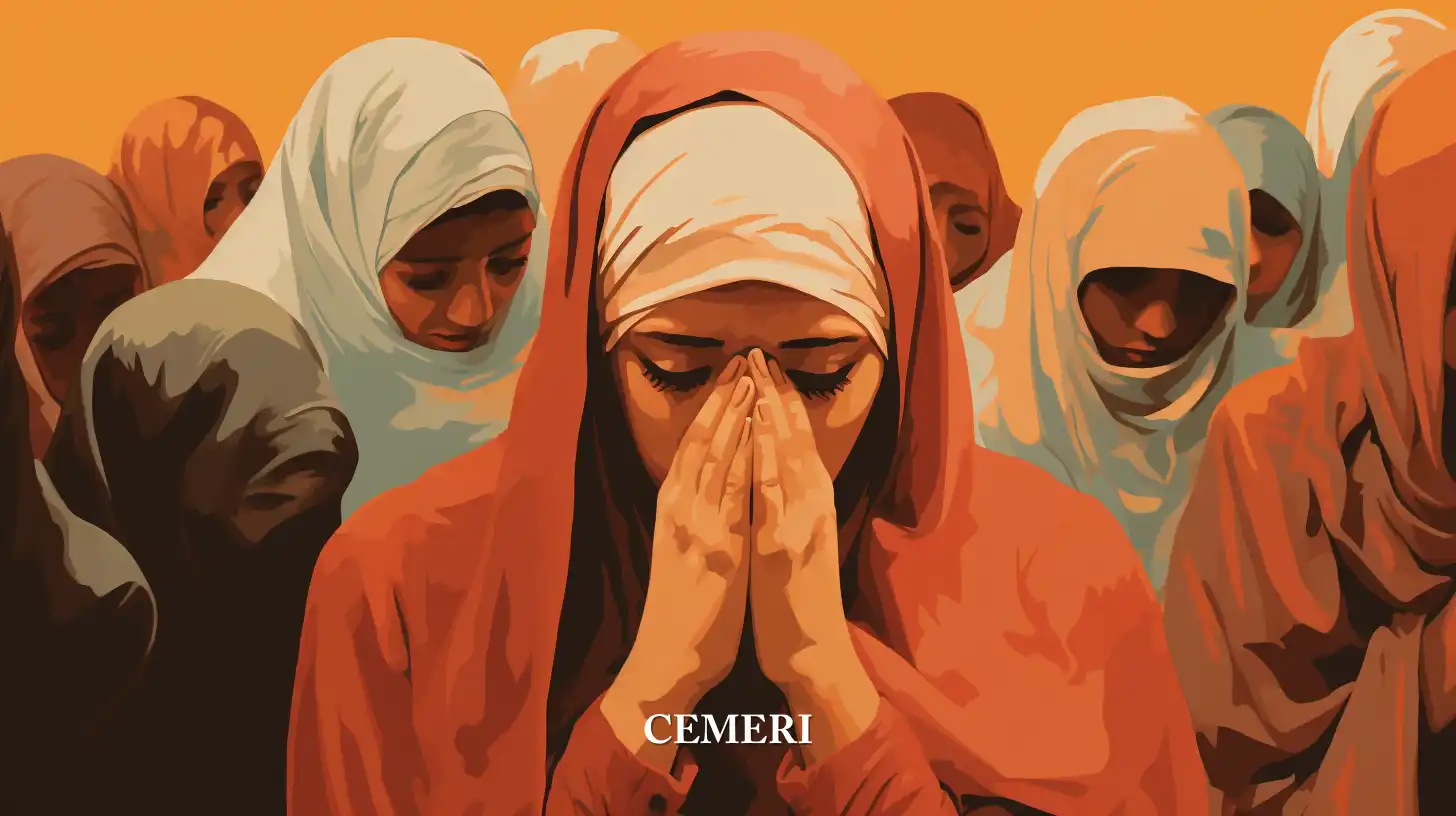Encyclopedia
Garfia Acevedo Andrea
What is the International Monetary Fund?
- The IMF is the main forum for examining not only national economic policy from a global perspective, but also issues that affect the stability of the international monetary and financial system.

The International Monetary Fund (IMF) was created in July 1944 at an international conference held in Bretton Woods, New Hampshire, United States, in which delegates from 44 governments agreed on a framework for economic cooperation in order to avoid the repetition of the disastrous economic policy measures that contributed to the Great Depression of the 1930s. Headquartered in Washington, it is the central institution of the international monetary system.
The IMF began its activities in December 1945. It is currently an organization made up of 184 countries, which works to promote world monetary cooperation, ensure financial stability, facilitate international trade, promote a high level of employment, sustainable economic growth and reduce poverty.
Its objectives are: to avoid crises in the system, and to encourage countries to adopt well-founded economic policy measures; It is also a fund to which member countries that need temporary financing can resort to overcome balance of payments problems.
IMF purposes.
- Promotion of expansion.
- Growth of world trade.
- Stability of exchange rates.
- The avoidance of competitive exchange rate devaluations**.**
- The orderly correction of a country's balance of payments problems.
For these purposes:
- It monitors the evolution and measures of economic and financial policy, in member countries and in the world, offers policy advice to member countries.
- Grants loans to member countries facing balance of payments problems, not only for temporary financing purposes, but also to support adjustment and reform measures that help correct fundamental problems.
- Provides governments and central banks of member countries with technical assistance and training in the institution's area of expertise.
The purposes of the IMF have also become important due to the simple fact that the number of member countries has grown. From the initial 44 countries that participated in the creation of the IMF, the total number of member countries has quadrupled, a circumstance that has been due mainly to the obtaining of political independence by many developing countries.
As the only international body whose core business is active policy dialogue with almost all countries, the IMF is the primary forum for examining not only domestic economic policy from a global perspective, but also issues that have an impact on the stability of the international monetary and financial system.
Who makes decisions at the International Monetary Fund?
The IMF is accountable to its member countries, this responsibility is essential for the effectiveness of the institution. The daily work of management in the IMF corresponds to the Executive Board, representing the 184 member countries of the IMF, and internationally recruited personnel, who report to the Managing Director and three Deputy Managing Directors; the senior management team comes from different regions of the world. The powers of the Board of Executive Directors for the management of the IMF have been delegated by the Board of Governors, on whom final supervision rests.
The Board of Governors, in which all member countries are represented, is the institution's highest authority. It usually meets once a year on the occasion of the annual meetings of the IMF and the World Bank.
Who finances the International Monetary Fund?
The resources of the IMF come, above all, from the subscription of quotas (capital) that member countries pay when they join the IMF, or after a periodic review that leads to an increase in quotas. Countries pay 25% of the quota subscription in Special Drawing Rights[1] (SDR) or in major currencies such as the US dollar or Japanese yen; the IMF can demand the payment of the rest, in the currency of the member country itself, if it needs it, to carry out a loan. The quotas determine not only the subscription payment that the member country contributes, but also the magnitude of the financing that it can receive from the IMF and the participation that corresponds to it in the SDR allocations. Quotas are also the main factor in determining the number of votes for a country.
The quotas are set so that, broadly speaking, they reflect the relative size of the member country in the world economy: the larger the economy in terms of product and the greater and more varied its foreign trade, the larger the quota also tends to be.
As developments in the world economy since 1945 have posed new challenges, the IMF's work has evolved and the institution has adapted. Globalization has brought enormous economic challenges to the table, including the need to deal with episodes of turbulence in emerging financial markets.
[1] The SDR is an international reserve asset that the IMF created in 1969 to supplement the official reserves of member countries. In this way, the respective holdings of SDRs allow the members of that organization to reduce their dependence on other assets to constitute international reserves. (Bank of Mexico, 2021)
Sources
Banco de México. (2021). Asignación General de Derechos Especiales de Giro (DEG) del Fondo Monetario Internacional. Disponible en: https://www.banxico.org.mx/publicaciones-y-prensa/informes-trimestrales/recuadros/%7BA499A941-26E5-3651-F41F-1601C5A33859%7D.pdf. Fecha de consulta: 04 de abril del 2022. Fondo Monetario Internacional. (2004). Guía del FMI. Disponible en: https://www.imf.org/external/pubs/ft/exrp/what/spa/whats.pdf. Fecha de consulta: 04 de abril del 2022

